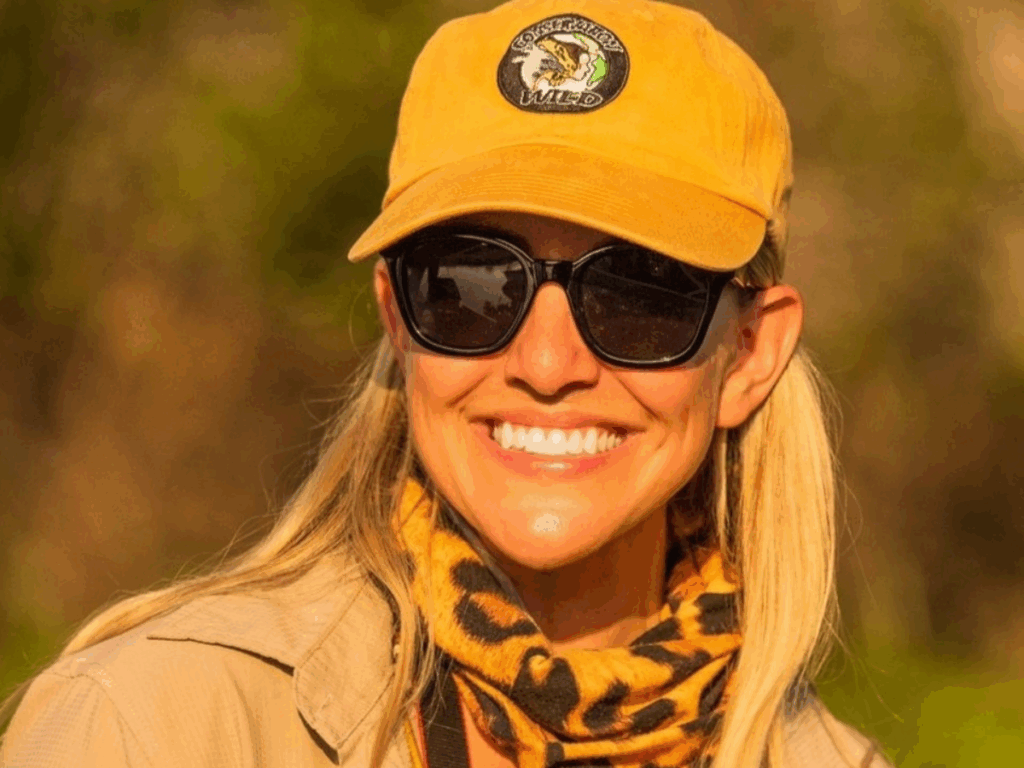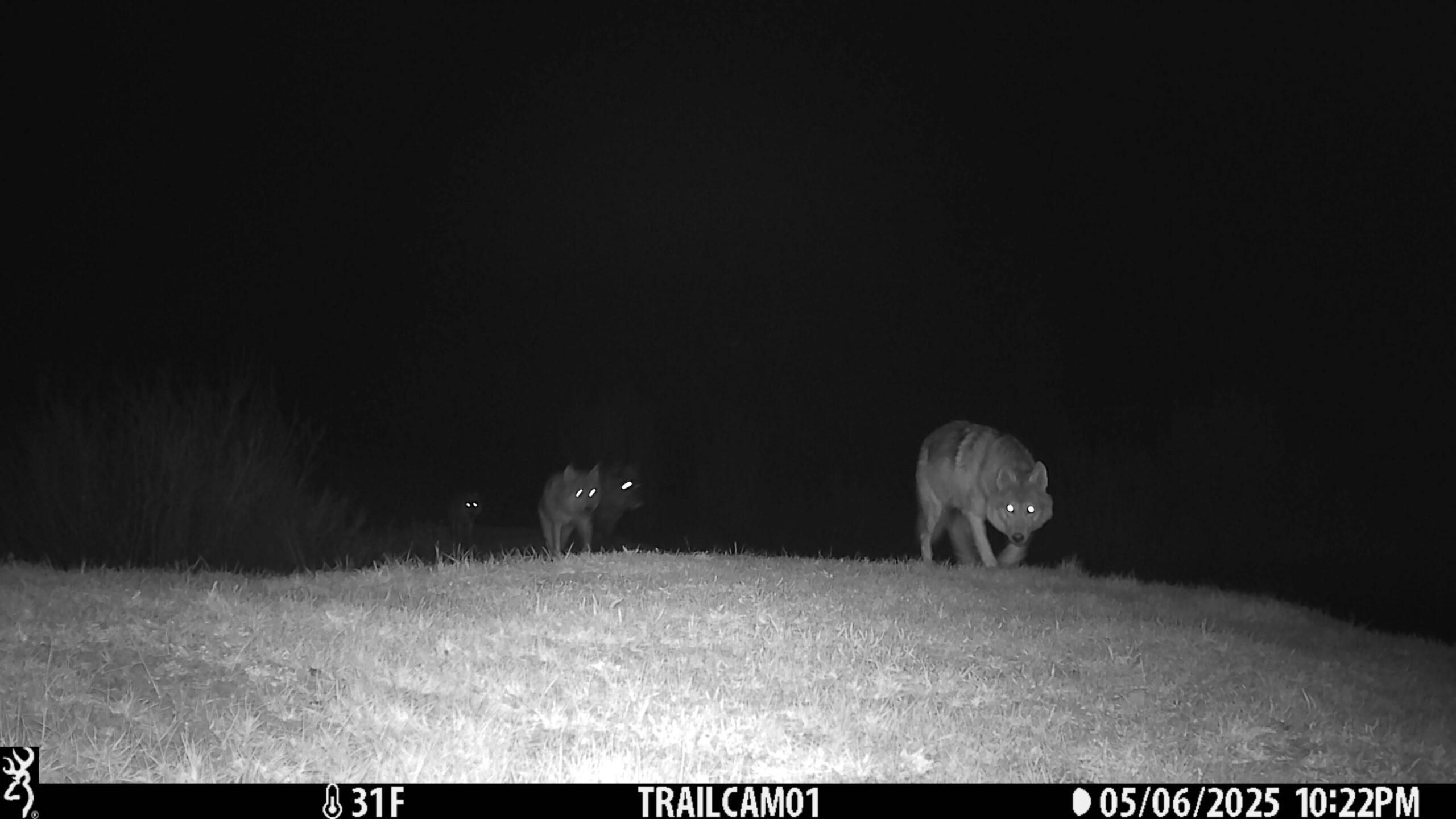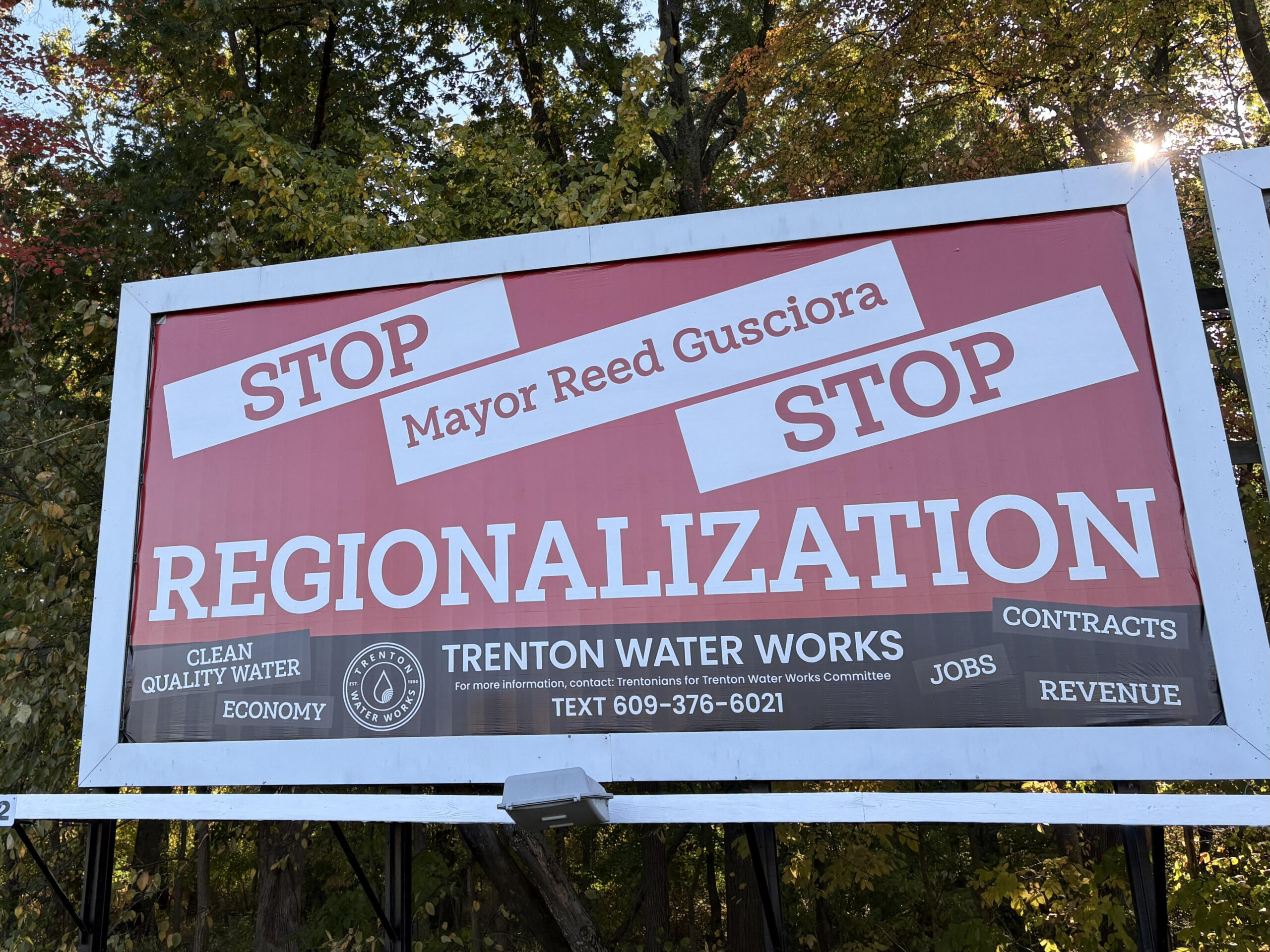BROOKLYN, NY — For conservation biologist April Kelly, protecting wildlife is more than a profession. It’s a lifelong calling.
As the founder and director of Conservation Wild, Kelly leads fieldwork expeditions to protect endangered species while supporting Indigenous communities across the globe. She combines her deep knowledge of wildlife with a keen ability to connect with humans, working to ensure both can thrive.
Based in Jersey City, New Jersey, Kelly has bachelor’s degrees in anthropology and geography from the University of North Texas and a master’s degree in zoology/wildlife and environmental conservation from Miami University in Oxford, Ohio. Her debut documentary, “Mark of the Jaguar,” premiered at the 2021 Wildlife Conservation Film Festival, earning the award for Best Endangered Species Film.
This interview has been edited and condensed for clarity.
The Click: Where did the idea for Conservation Wild come from?
Kelly: The idea was to take a holistic approach to conservation by supporting the local Indigenous communities while also helping the threatened species in each area. We started with four major locations: Belize, Costa Rica, Brazil, and Namibia. I wanted to help organizations and people on the front lines of conservation, doing really hard work but not getting enough funding or awareness.
How does Conservation Wild connect with Indigenous communities?
Before we partner with any organization, we meet with community leaders to see if they want our help. We want them to have a seat at the table in every decision. If they do want help, we learn what their major needs are and how we can combine that with local wildlife conservation.
In the past, I would simply give our partners money and let them use it however they thought best. Last year, we changed our approach. Instead of just donating, we’re creating joint partner projects. For example, in Costa Rica, we work with sea turtle conservation through an organization called Tortugas Preciosas. Together, we started a Hawksbill sea turtle tagging project. Instead of just giving them money, we now raise funds to purchase GPS tags for adult turtles so we can track their movements.
What is the number one threat to the wildlife you work with?
Habitat destruction is the number one threat to almost every species. As human populations grow, encroachment and deforestation become major issues. That’s why we include a reforestation component in almost every location where we work. We want to protect animals and communities, but also give back to the environment and allow it to regenerate.
Tell me about a memorable experience you’ve had in the field.
My friend runs the Jaguar Identification Project in the Pantanal, the world’s largest tropical wetland. They monitor wild jaguars, identifying individuals by their facial markings and rosettes. There was one jaguar I followed for years, named Agwe. She was a terrible hunter. Her hips were narrow, her hip bones stuck out, and she never had cubs. We thought maybe she’d never reproduce.
In 2021, everything changed. She became an excellent hunter. One day, she killed a giant caiman right in front of us, swam it across the river in her mouth, and hid it in the bushes. That same year, she had two cubs. Watching her become a strong hunter and mother was one of the most special experiences I’ve had in the field.
How do you remain hopeful about conservation?
Sometimes it feels like we take one step forward and five steps back because of shifting policies. We might help a community secure funding, and then a change in administration takes it away, putting us back at square one. What keeps me hopeful is seeing the people and communities we work with never giving up. Even when their funding is pulled, they keep going. For them, protecting these animals is their life’s purpose. If you know this is what you were put on this earth to do, you give it everything you can.


